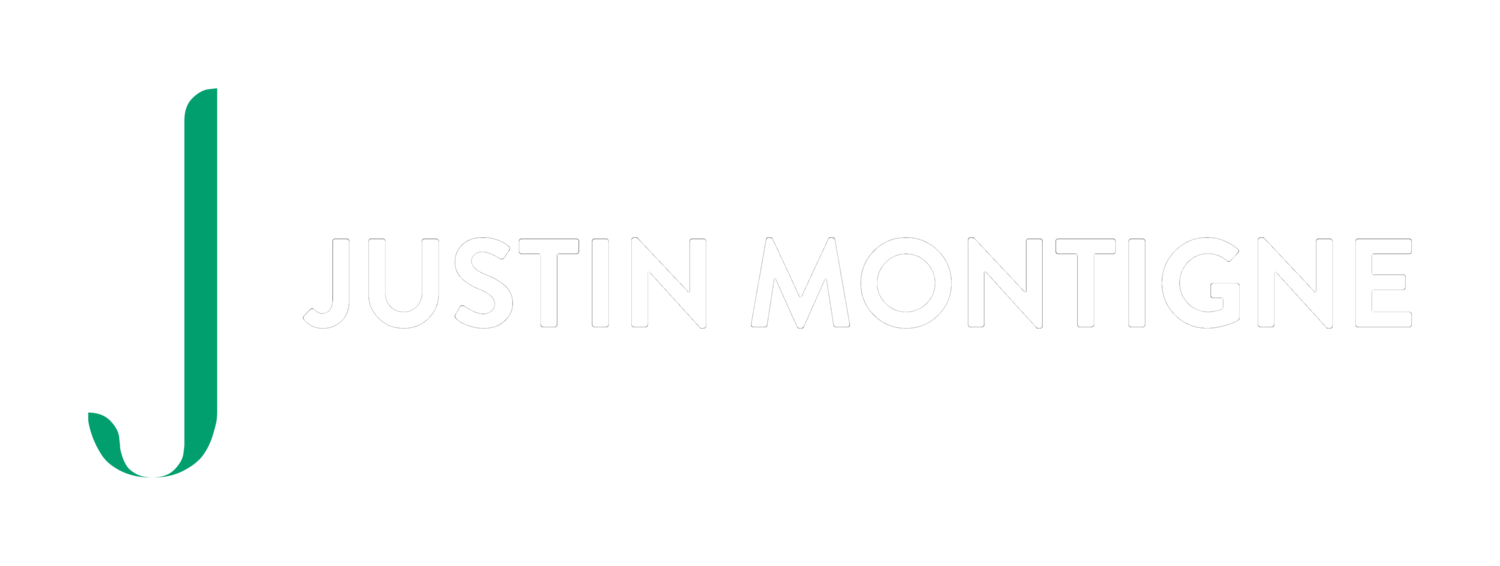Appendix B: AI Singing Prompts
These example prompts are designed to help you get started with AI tools for singing, songwriting, and vocal expression. Use them as written or adapt them to suit your project. For best results, be specific about mood, genre, and style.
Using Generative AI Prompts in Songwriting
ChatGPT - Lyrics
"Create a calm piano-based melody with cinematic build."
"Compose a backing track in 6/8 time with folk instrumentation."
"Generate a song structure: verse-chorus-verse-chorus-bridge-chorus in a minor key."
Suno/AIVA/Udio - Music
"Write a four-line verse about resilience using natural imagery."
"Suggest emotional phrasing for a breakup ballad in the style of Adele."
"Generate alternative lines for this chorus to improve flow and rhyme."
Using Generative AI Prompts in Vocal Music Education
Effective prompt writing is essential when using AI tools in music education, especially in vocal pedagogy. Prompts guide the AI to generate meaningful, context-sensitive outputs that can support teaching, practice, and student reflection. Drawing from both research and teaching practice, here are eight techniques—adapted for the vocal education context—to help educators and students get better results:
Guide the Model to Solutions: Give step-by-step prompts for vocal concepts (e.g., “Explain breathing, then connect it to tone production”).
Add Context: Include student level or recordings to personalize feedback.
Be Clear and Specific: Tell AI its role (e.g., “Act as a voice pedagogy professor”).
Ask for Options: Request multiple warm-up strategies or phrasing ideas.
Assign Characters: Let AI simulate a student’s or audience’s perspective.
Show Examples: Ask AI to model exercises or lesson structures.
Declare Format: Direct AI to respond with lists, lesson plans, or bullet points.
Experiment and Refine: Rephrase prompts to explore different vocal challenges.
These strategies help vocal educators use AI not just as a tool, but as a creative and adaptive teaching partner.
